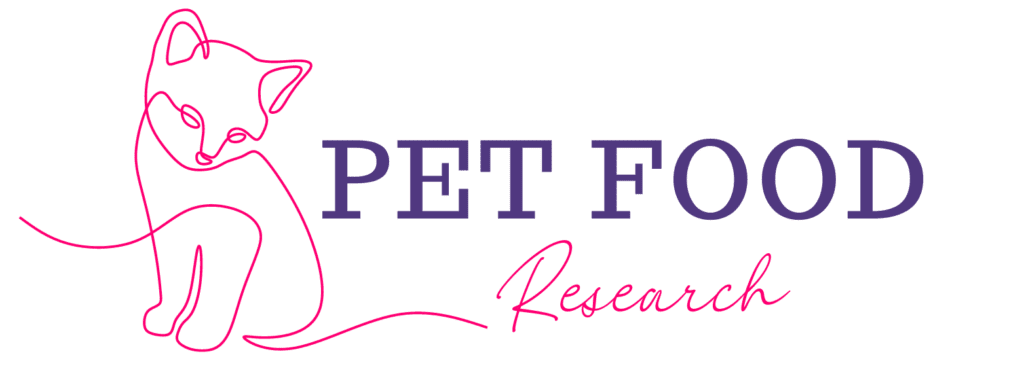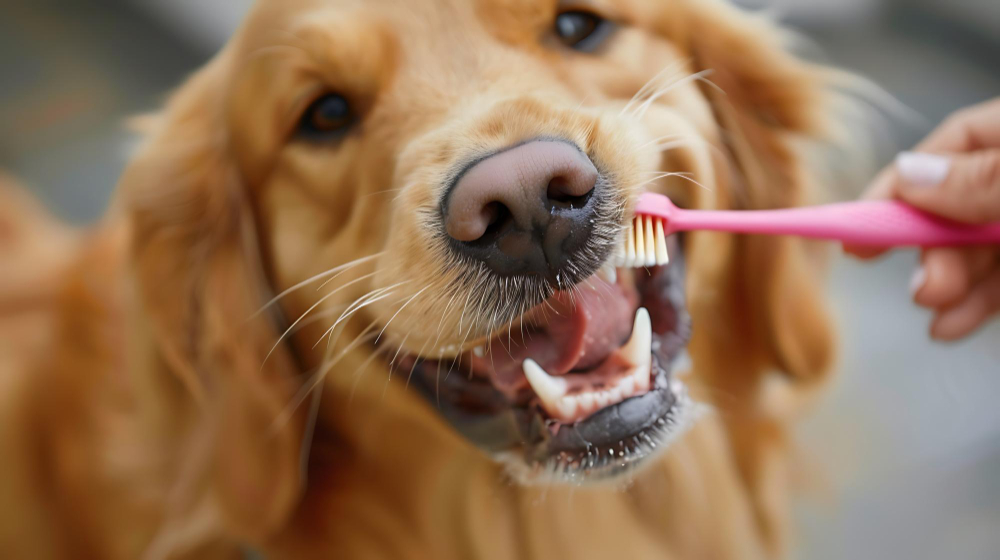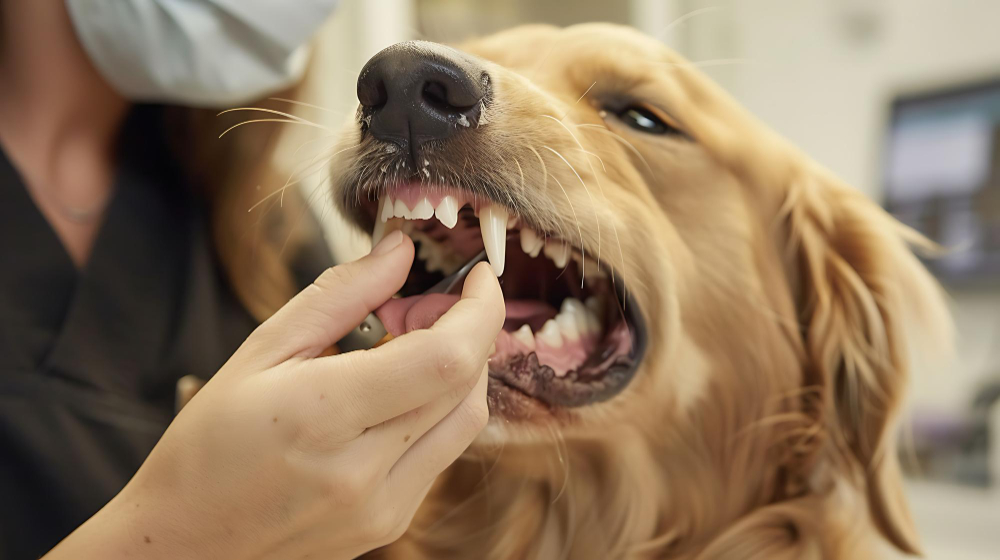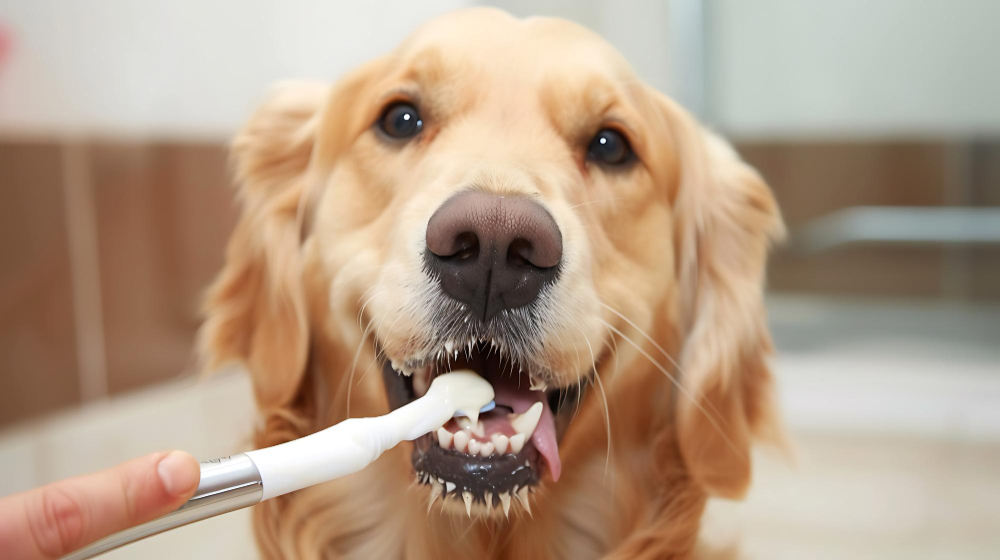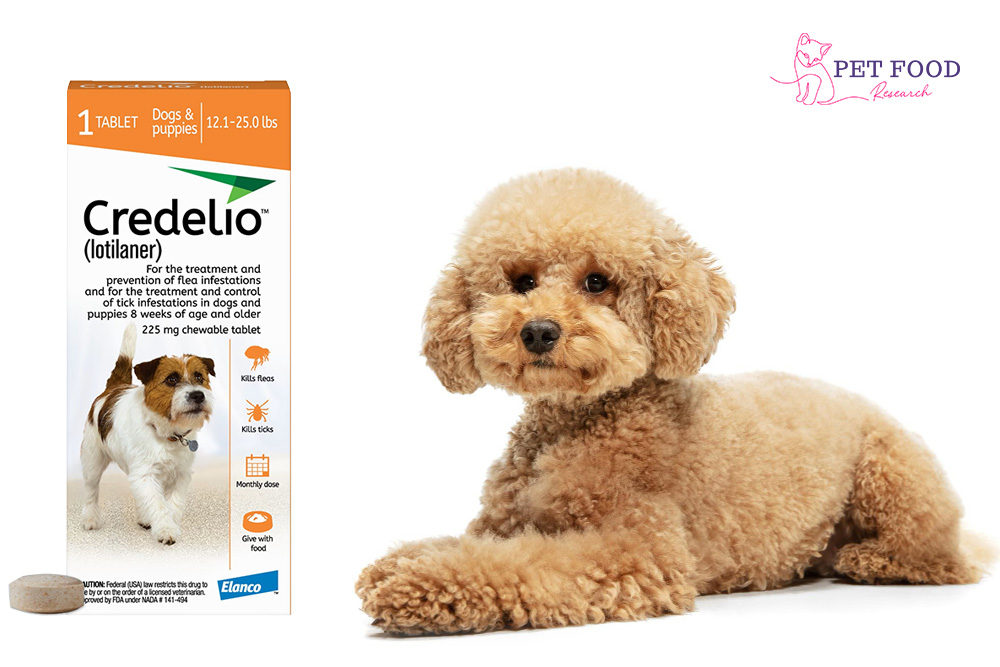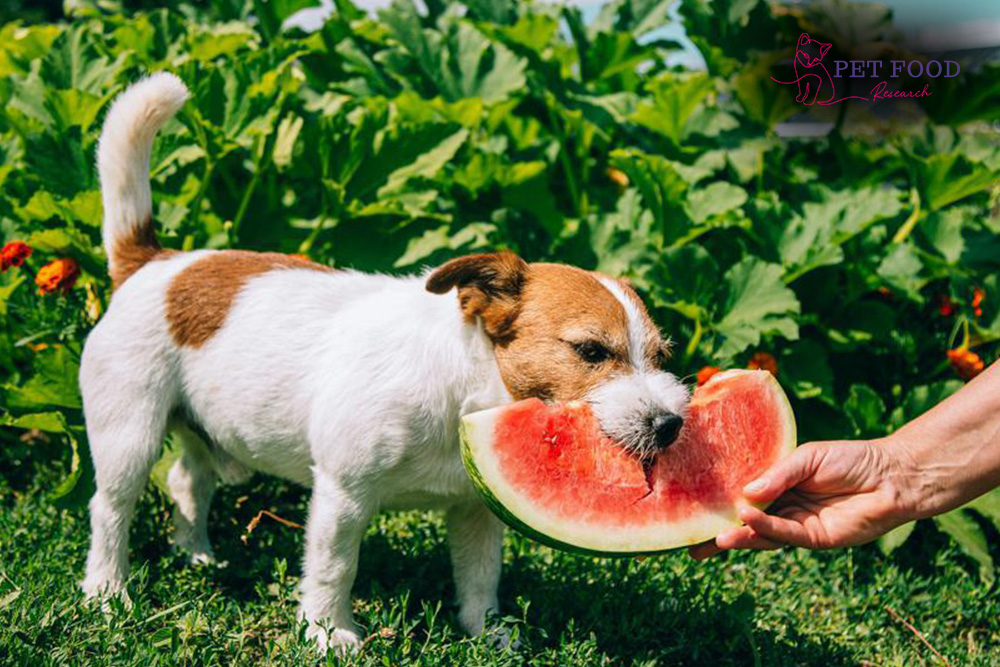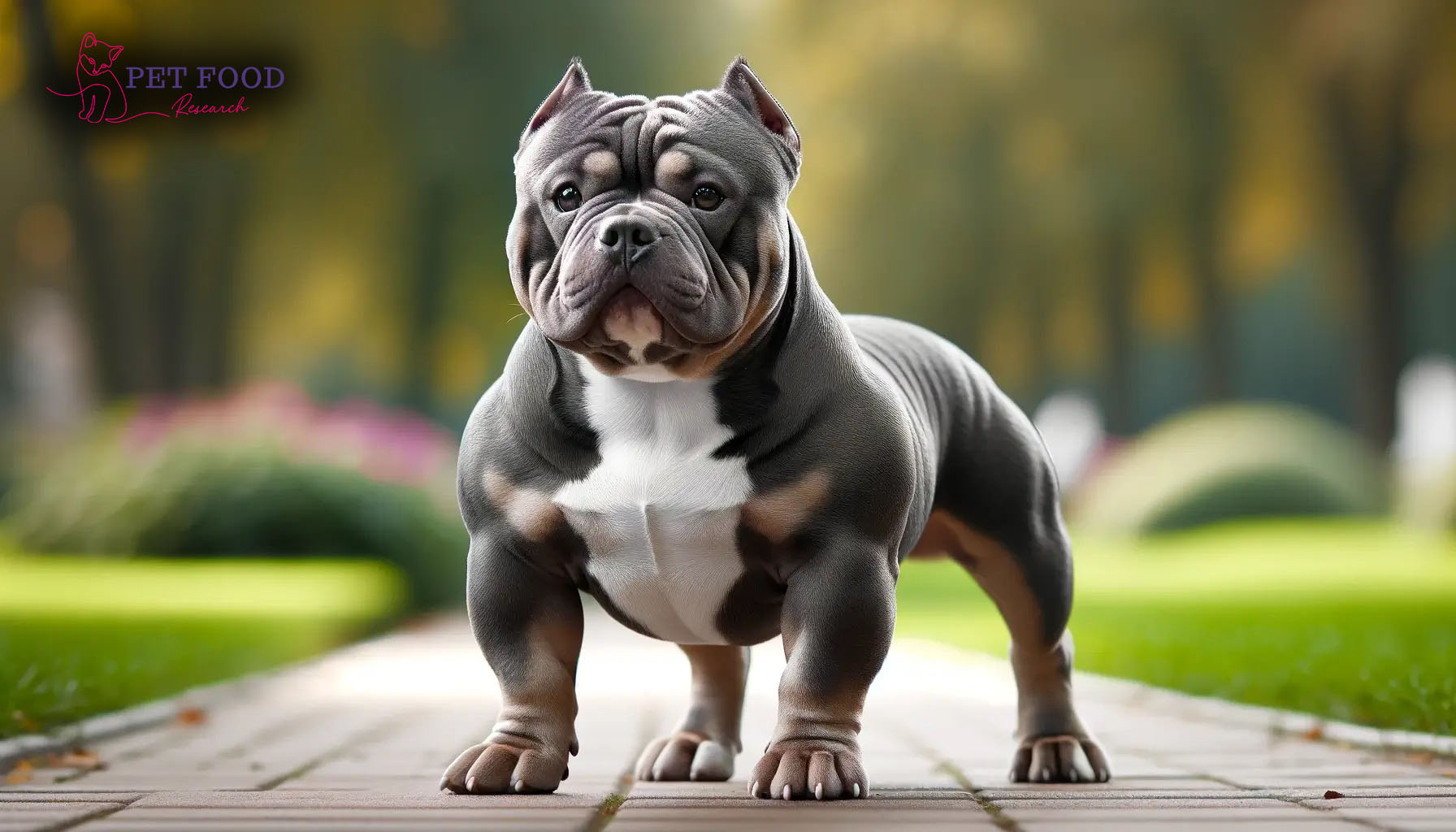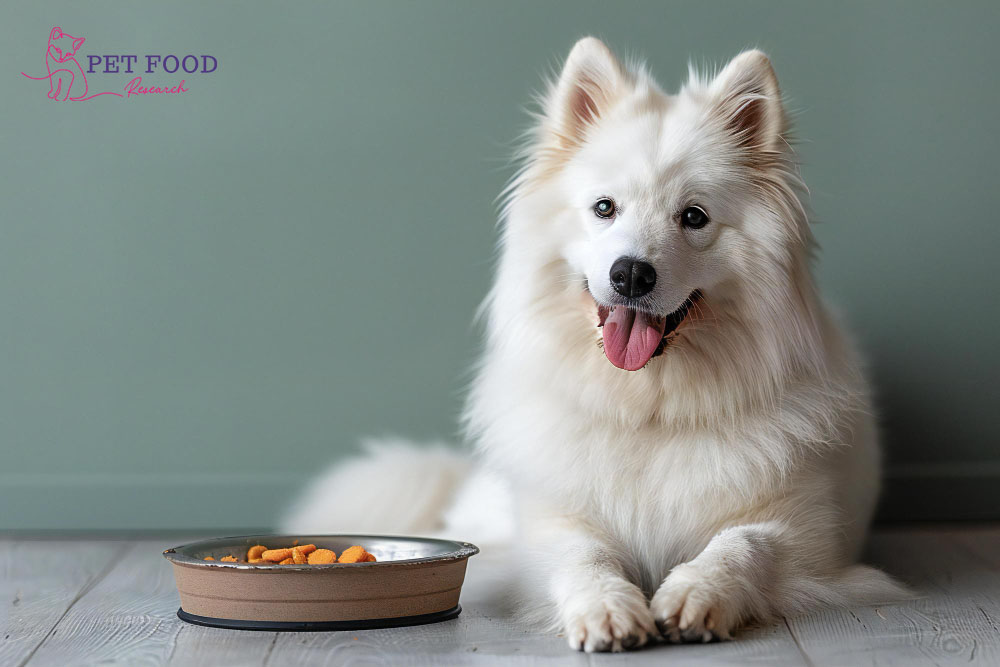Maintenance of the dental care of your furry friend is as important as any other characteristic of their health and well-being. Teeth are not only used for chewing, eating, or other functions but also indicate the overall oral health of your dogs. So, it’s crucial to focus on your canine dental care. Let’s uncover the different aspects of your dog’s teeth, discover how a dental plan can be a good protocol for your dog’s oral health, and the definitive guidelines for keeping your dog teeth in their original state.
Teeth Count of Your Dogs
Adult dogs have a total of 42 teeth. Each tooth in your pet’smouth has a specific purpose and isnecessary for their carnivorous diet requirements.
How did the expedition to a full set of teethstart?So, it starts in puppyhood, with 28 milk teeth, which get replaced gradually by adultteeth from about four to seven months. Here is the representation of an adult dog’s teeth: anadult dog poses 12 incisors, 16 premolars, 10 molars, and 4 canines.
Dental care is essential to prevent tartar and tooth decay, like you can provide chew toys to your dog or regular brushing can help in oral health. Providing your dog with a range of chew toys and followinga proper dental care routine is vital to avoiding tartar and periodontal ailments that affect your canine friend’s sparkly smile.
Types of Dog Teeth
Each and every tooth in your dog’s mouthpays to their health and well-being. There are four main types of dog teeth includingincisors, premolars, molars, and canines. These 4 types of teeth have a significant role in eating and chewing meals.
Knowingyour dog teeth role is essential
Incisors: These are located at the front of the mouth and are your dog’s gear for chewing and biting.
Canines: These teeth are pointed in shape, and are used for grabbing and tearing food.
Premolars and Molars:These teethwork together for grating and grinding, and make the food small enough for proper digestion.
Dental Care and Cleaning
Consistent Brushing:Like humans, dogs also need to brush to prevent the risk of plaque that can turn into tartar and cause gum disease.
Chew Toys:Chew toysplay a dual role in entertaining your dogas well as cleaning their dog teeth, massaging their gums, and promoting their oral health.
Professional Dental Cleanings: Professional dental intervention is also needed sometimes to maintain gooddental and oral health.
Dental Diets: Provide your dog with diets that help in maintaining oral health and prevent plaques, also provide some fluoride-containing foods that are good for teeth and oral health
So, spare some time and take care of your dog’s oral health which indicates its overall well-being too.
Does Tooth Brushing Depend on My Dog’s Age?
The golden rule is the sooner, the healthier. Start a dental cleanness routine for your puppy at 3 to 6 months of age, and stick to a regimen that will prevent dental carries and other oral health issues.
Initial behaviors include:
beginning daily brushing can train your puppy with the procedure, making it not as much of challenging.
Brushing with dog-specific toothpaste is better for your furry friend’s dental and oral health.
The intensive energy you put into creating an oral care regimen early in your dog’s life will produce a glossy smile ever after.
Dental Chart of a Dogs
A dental chart of your dog is not just a figure; it’s vital for understanding your furry friend’sdental and oral health. This chart shows the number of teeth an adult dog has along with their benefits and usage, there are 42 teeth including incisors, canines, premolars, and molars each having their specific role in chewing, grinding, and eating the food.
Other guidelines that a dog’s dental chart provides are:
Educational Source: This chart guides about the development of your dog’s teeth how each tooth develops, at what age it converts into a permanent tooth, and the function and role of each tooth.
Defensive Care: You can spot and recognize if any dental problem occurs by understanding the dental chart which shows how the healthy teeth and mouth look like.
Health Follower:The dental chart helps to observe the replacement of baby teeth with lasting ones when your furry friend growsinto an adult dog teeth.
Warning Signs of Dental and Oral Health
You must keep an eye on signs and symptomsshowing dental suffering in your furry friend.
Bad breath, unwillingnessto eat, swollen gums, stainedteeth, and symbols of distress such as stroking at the mouth or unnecessary drooling are keypointers. Ignoring these signs could lead to severe health alarms for your dog.
Some warning signs of oral ailment include:
Foul Smelling while Breathing: If you see a constant smell coming out during breathing, it may be an alarming sign of plaque buildup or staining on your dog teeth
This could be a revealingsymbol of plaque build-up over your dog teeth.
Tartar and Mouth Soreness: If your dog’s mouth is sore or teeth are filled with residue, it also indicates signs of bad oral and dental health and it needs attention as soon as possible.
Disturbed Dietary Routine:If your dog has constant toothache due to residue buildup, swelling gums, or dental caries, it cannot chew and eat the food properly and refuse the meals. So, in this case, provide it with a soft and semi-solid diet.
Unusual Behavior Change: If suffering from any oral ailments, your dog teeth may show anger towards other companions and it may feel less attracted to meals and its favorite toys.
You should consult your veterinarian and get his opinion for the betterment of oral health and overall well-being of your furry friend.
Conclusion
Many of the owners take care of their dogs very well, but their dental care is as necessary as other aspects of health. For proper maintenance of the dental and oral health of your dogs, dog teeth charts are available which show each characteristic of your dog teeth, their amount, their functions, their sequence, and their appropriate condition from which you can determine if any worse symptoms appeared related to dental health. If you feel any change in the behavior or dietary pattern of your dog along with warning signs of dental health, consult the veterinarian as soon as possible.
